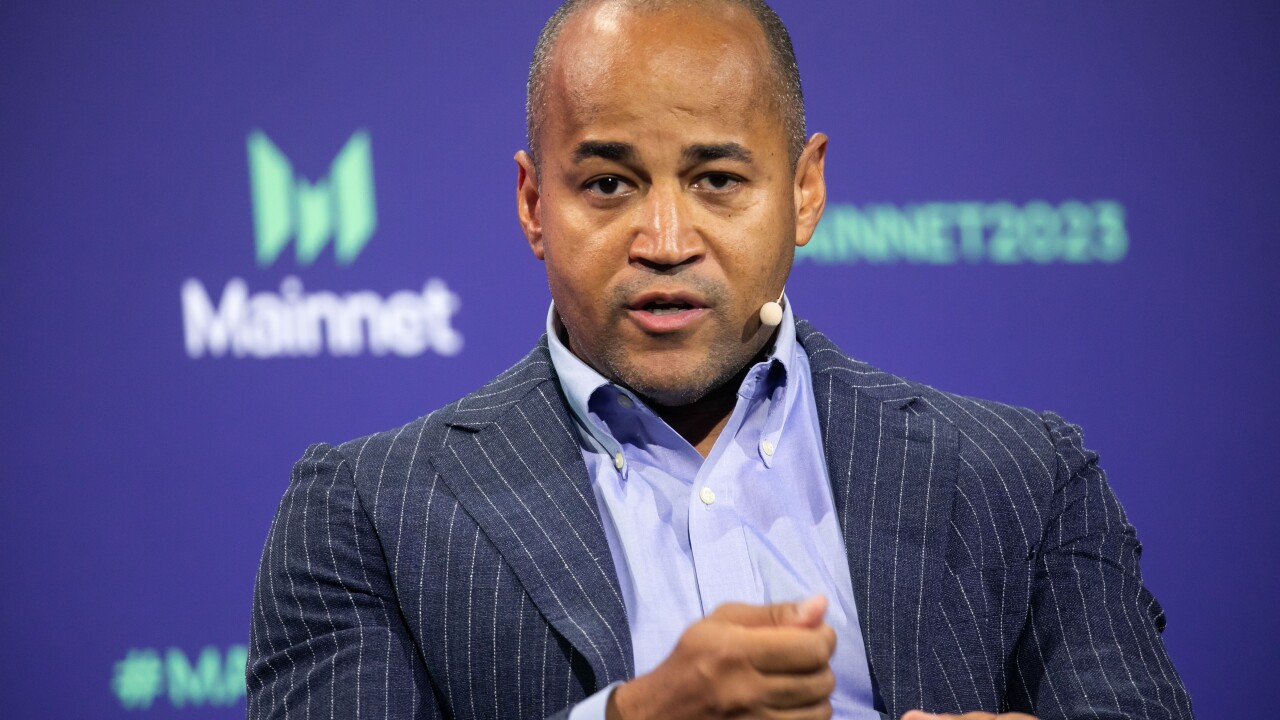

Show business
City National Bank is working with

Health care
Among the companies attempting to disrupt this market are

Cannabis
For this market, the need for innovation is less about payment acceptance and more about compliance and transparency. Companies like

Travel
Chinese brands like UnionPay and Alipay are working harder than ever to follow their customers whenever they venture beyond China's borders.

Mobile ordering
Other companies have experienced similar problems: Chick-fil-A, for example, has adapted by offering curbside pickup of mobile orders at a third of its locations; TGI Friday's, which had issues with mixing up its digital orders, added a full-time staffer at each location to manage mobile meals; and Chipotle Mexican Grill reduced wait times by letting customers schedule when they want their food to arrive.

Clothing stores
The San Francisco startup
In doing so, Oak Mirror reduces the average time spent in a fitting room by 40%, cutting overall waiting time for fitting rooms.

Germany

Business to business

Person to person
The banks behind





